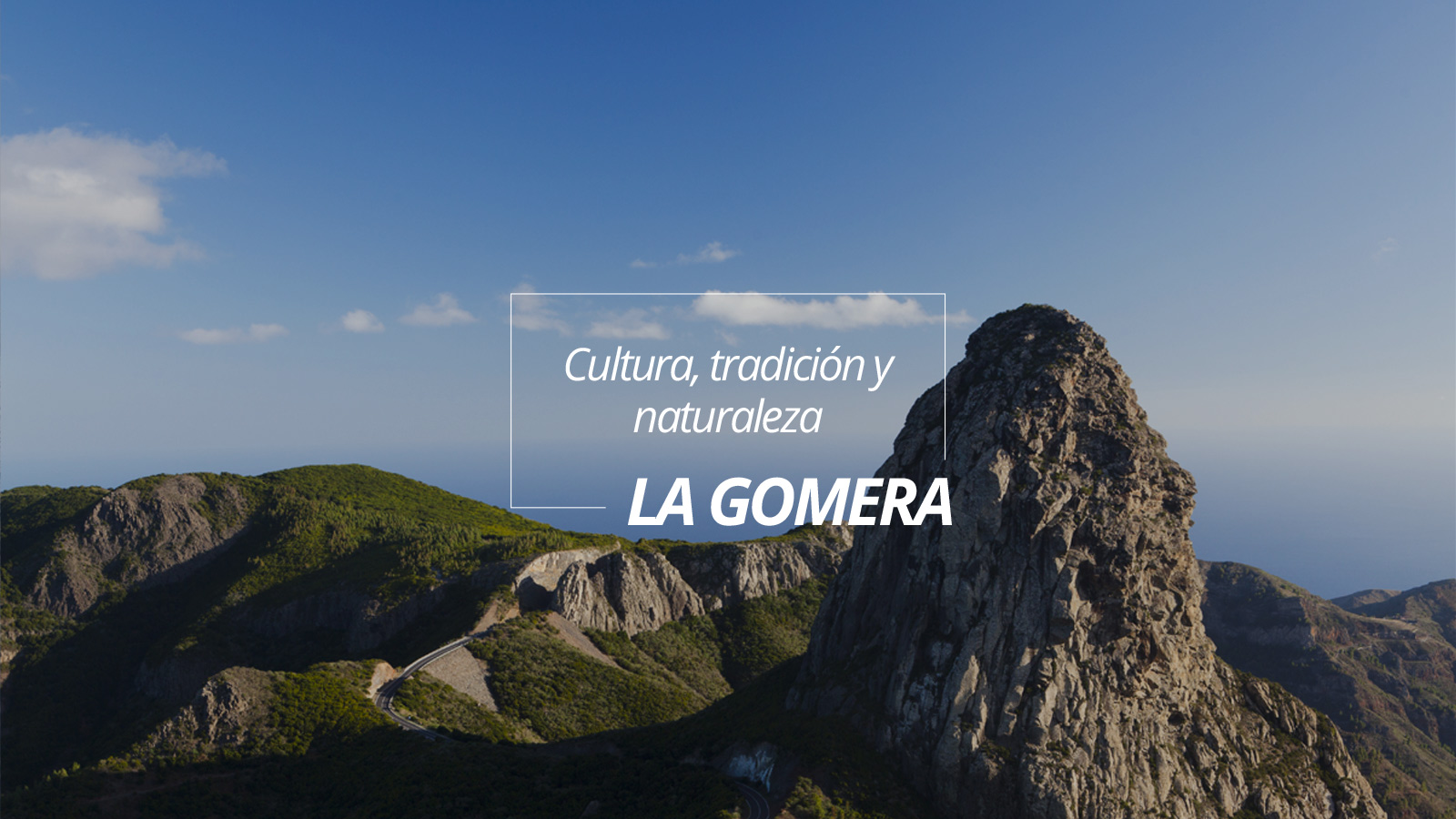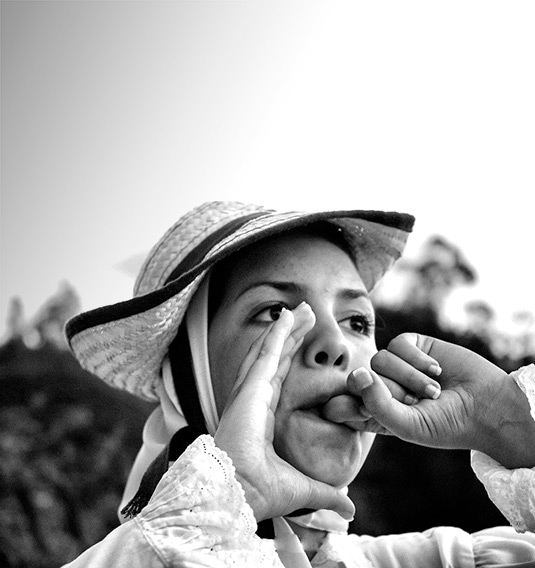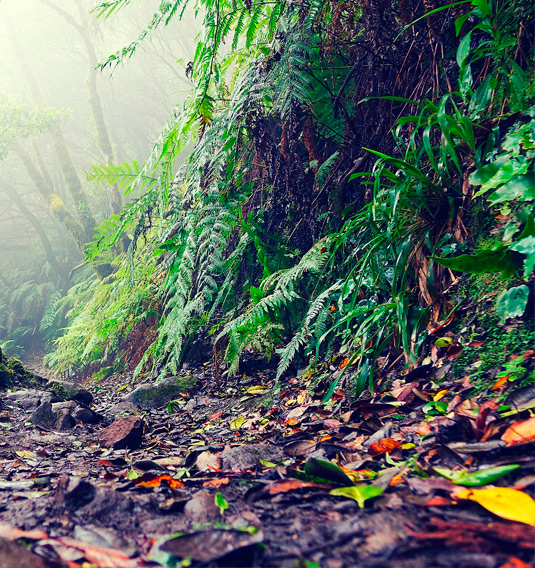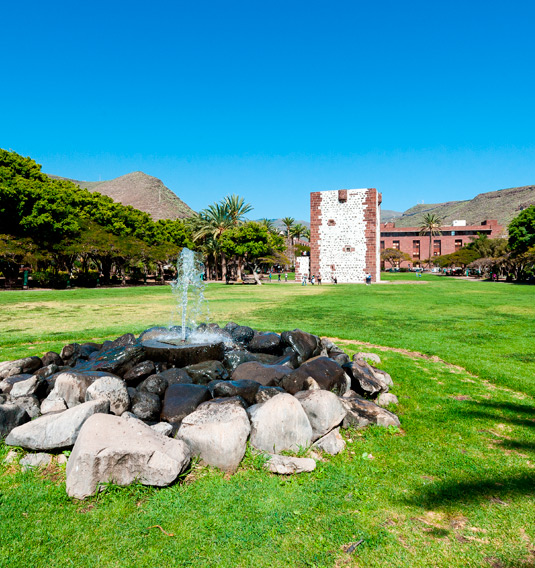

The silbo gomero is a whistled language practiced by some inhabitants. This dialect is born from the need to communicate with other people, without having to move around the difficult topography of the island.
This dialect was developed by the ancient aborigines. But after the conquest in the 16th century, the canaries adapted the dialect to the saved Castilian, losing over time the original adaptation using the Aboriginal words as a base.
With the beginning of the last century, and the birth of new technologies, the whistle began to disappear in the daily use of the inhabitants. And to avoid this, in 1999 the rubber whistle was declared as the ethnographic heritage of the Canary Islands. And in 2009 it is inscribed by Unesco in the Representative List of the Intangible Cultural Heritage of Humanity. Thanks in large part to the work carried out by the Canarian government, nowadays Gomero whistle classes are taught in schools as one more subject.
According to studies, the whistled language uses six sounds, two of them are called vowels and the other four are consonants, and more than 4,000 words can be expressed.
Canarian laurel forest is a type of subtropical forest present in some of the Canary Islands. It is closely related to other common forest formations in the rest of the biogeographic space called Macaronesia. It is made up of tree species of the Lauraceae family, which together with the Fayal-Brezal make up the so-called monteverde. It is located between 600 and 1,500 m of altitude. Its ecosystems are maintained thanks to the fog of the trade winds, devoid of frost, with rainfall of 500 to 1100 mm and which thanks to it, can maintain an average annual temperature of between 15 and 19 ºC.
This type of forest was born more than 20 million years ago, through a wide area of the Mediterranean basin. During the glaciation, they were displaced towards more temperate regions in the south, where the conditions were more favorable for their survival, thus settling in North Africa and the Macaronesian archipelagos. At the end of the glaciations, the extension of deserts began in northern Africa, so this type of forest was reduced to those areas, which act as borders between the temperate and the intertropical zone (Macaronesia). Over the millions of years, the forests of La Gomera have undergone very little evolutionary transformation, making it a living relic of the plant formations that covered much of Europe during the Tertiary.


Of this island with a circular shape, its magnificent vegetation, beauty and its strange dialect (the Silbo Gomera, the whistle language) are always talked about and known. But what about their history?
About the origin of his name there is nothing clear, there are several theories but no official one. It is said to be from "Comer", Noah's grandson. But the most endorsed theory is the idea that the ancient aborigines, who are believed to have come from the Berber tribe (North Africa), were the ones who named the island "Gumera". And already in 1350, on a map and because its creator made the names of the islands Spanish, it appears for the first time as La Gomera.
When the conquest began, the island was divided into 4 cantons: Mulagua, Hipalan, Orone and Agana, these territories being identified with the great valleys of Hermigua, San Sebastián, Valle Gran Rey and Vallehermoso, respectively.
The island is also known as the Columbian island. This nickname is given by Cristobal Colón, since La Gomera was the last place he lived before the trip to the Indies began. Today, the place where he rests and gains strength before his departure is called the Casa de Colón.












